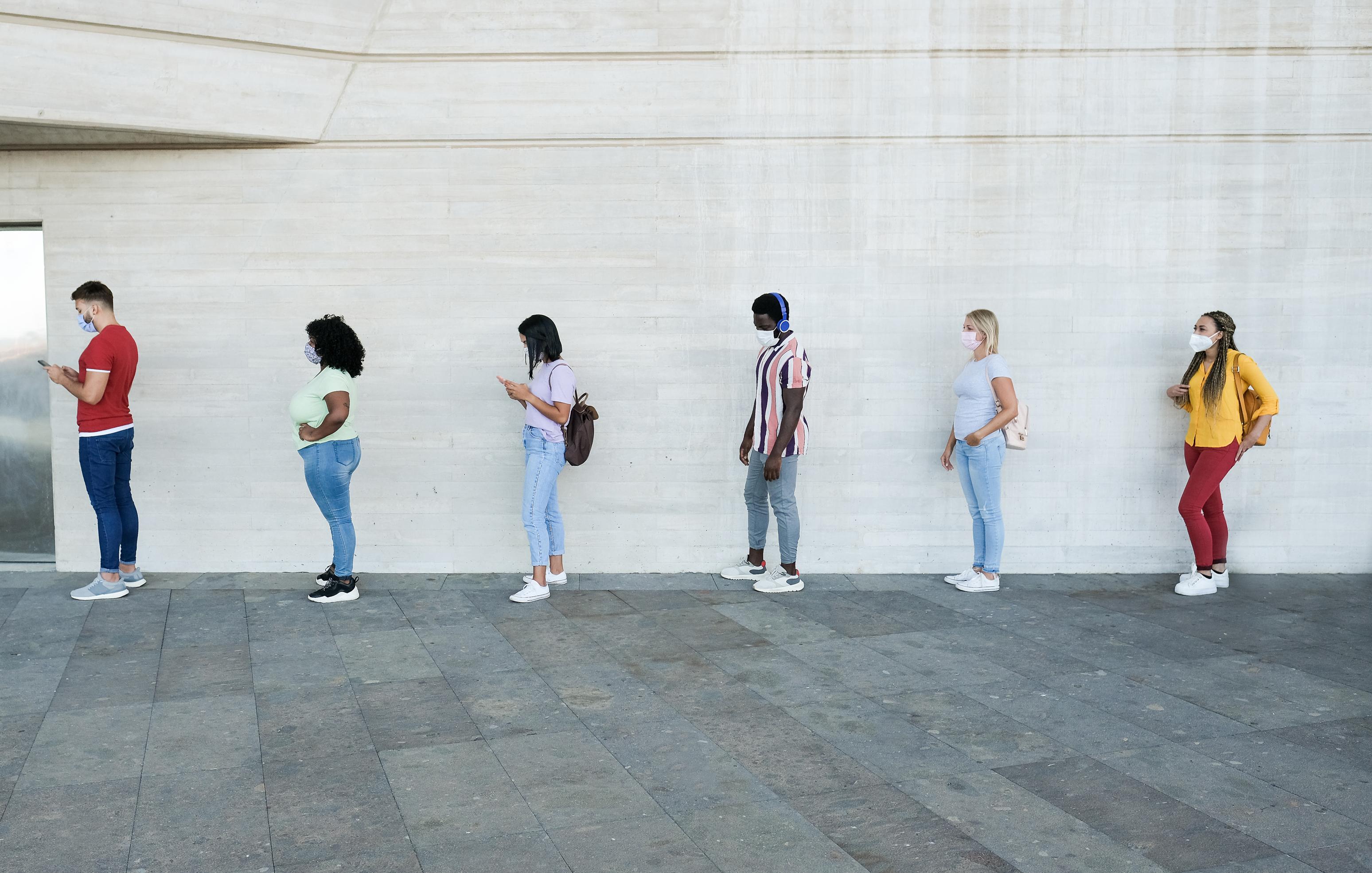
In March of 2020, many US states issued “stay at home” or “shelter in place” orders to protect public health and limit the spread of the coronavirus. At the height of these restrictions in late March and early April, these directives applied to the majority of Americans. Yet, the combination of an unwillingness to comply with “social distancing” directives and the lifting of restrictions by Governors and other leaders against the advice of most health officials limited the impact that distancing had on reducing the spread of the disease.
Two recent publications by the COVID-19 Analytic Research Group, led by Professor Hongjie Liu, chair of the Department of Epidemiology and Biostatistics in the University of Maryland School of Public Health, provide important evidence that social distancing works to limit disease spread, when people adhere to the guidance.
The first paper, published in Public Health Reports, examined how compliance with social distancing influenced the pandemic’s scope in California, Illinois, Massachusetts, New Jersey, and New York. These five states accounted for 50% of the overall caseload in the first few months of the COVID-19 outbreak (March-May 2020).
The team measured compliance with social distancing using the Maryland Transportation Institute’s social distancing index, which tracks mobility via cell phone data to gauge adherence with mandates. They gathered information on the virus’s daily reproduction number and daily growth rate. Social distancing measures helped decrease the incidence risk of COVID-19 in all states, but adherence to social distancing declined beginning in April 2020.
Researchers suggest that the second wave of the epidemic in the United States starting in June 2020 may have resulted from a combination of premature reopening of businesses, lifting of the stay-at-home directive and reduced public compliance with the governmental directives.
“Our study shows that social distancing works and can reduce the epidemic scope,” said Professor Liu. “But it is determined by the level of compliance with social distancing requirements. Once the level of compliance was reduced, we saw a rebound in the infection rate.”
The second paper, led by Raul Cruz-Cano, associate research professor of epidemiology and biostatistics, describes a model the group developed to forecast Maryland's COVID-19 daily caseload based on social distancing behaviors and the current number of cases in the state. It was published in Disaster Medicine and Public Health Preparedness.
Using the MTI’s social distancing index data and the number of new daily cases (from the New York Times), they developed a “time series” model that predicted Maryland’s daily caseload nine days later.
“Seeing the behavior from 7-9 days ago and the number of cases, we could accurately predict the number of future COVID-19 cases in 1-2 weeks,” said Cruz-Cano. “Knowing what is going to happen means that you can be better prepared with staff and resources to manage the cases.”
Although their model was optimized for the epidemic in Maryland, the researchers say the model can be applied in other regions and for other outbreaks.
The findings from both of the research team’s papers have implications for how governments implement and communicate prevention measures to the public in the future. They suggest that this information should be factored into conversations about how quickly to reopen the economy versus controlling disease spread, in this and future pandemics.